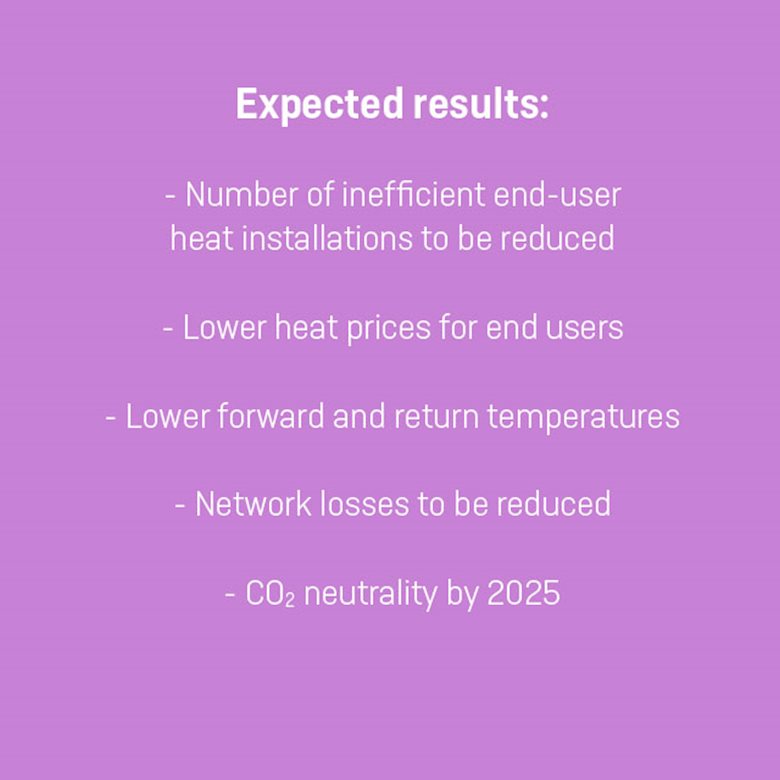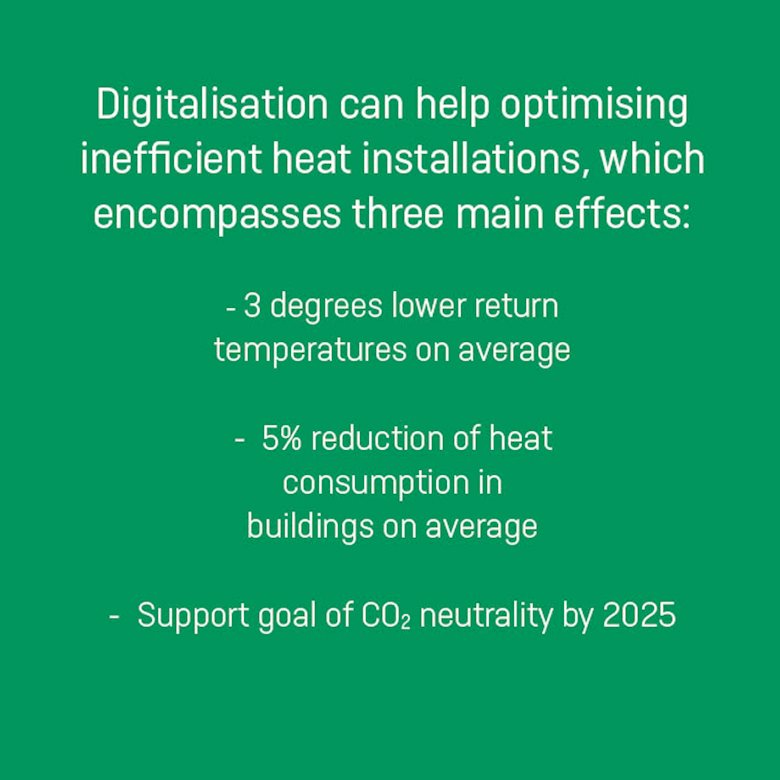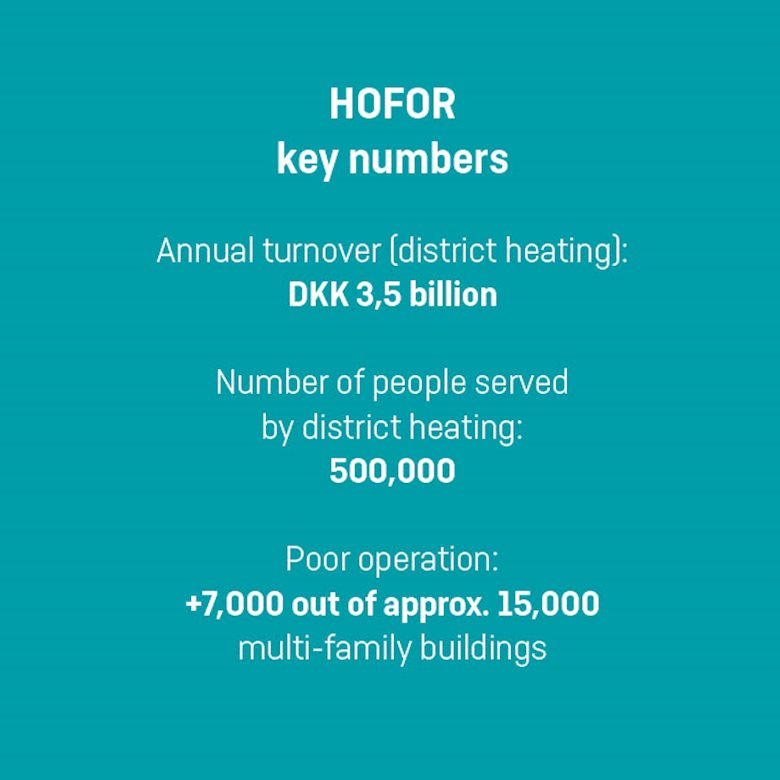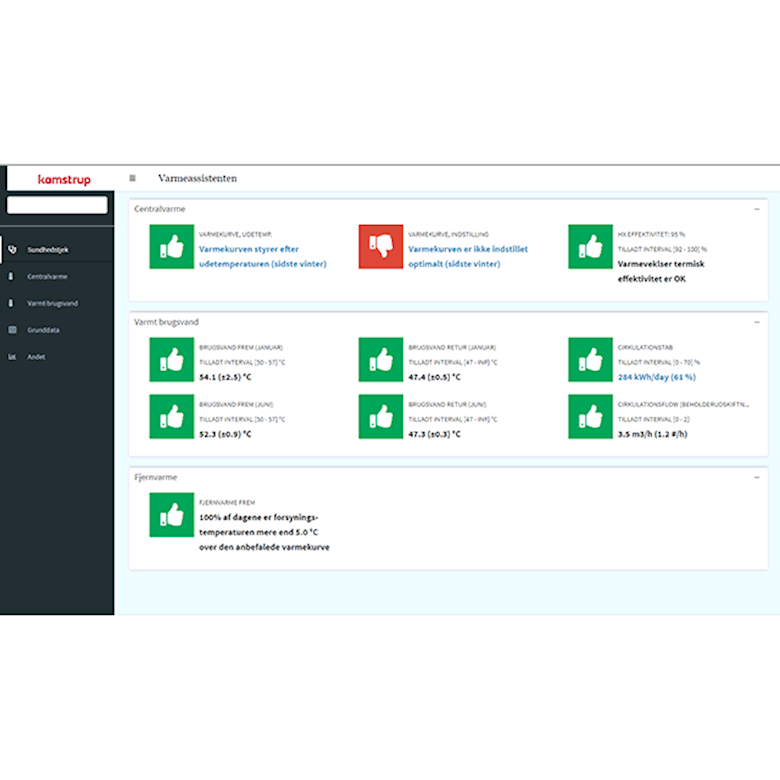Posted on Thursday, November 7, 2019 by Morten Karstoft Rasmussen
Innovative co-creation between experts delivers digital opportunities
Experts from the Danish technology suppliers Danfoss, Grundfos and Kamstrup, on the initiative of Copenhagen’s utility HOFOR, collaborate on the ambitious goal to examine each of the elements in the value chain to uncover the optimisation potential from increased digitalisation. The result is Heat Assistant.
Additionally, this project not only showcases Copenhagen as a sustainable city but is also an example of how forward-looking utilities contribute to driving technological development that brings with it significant export potential in the areas of district heating, digitalisation and efficiency improvements.
Today, heating of buildings makes up more than 40% of the total energy consumption in Europe and is still predominantly fossil-fuelled. But district heating has the potential to decarbonise the heating sector. District heating networks provide the necessary flexibility to utilise and store sustainable energy from renewables and waste heat to eventually replace fossil fuels all together. However, if district heating is to remain a success in pioneering cities like Copenhagen as well as to gain a foothold in less mature district heating countries, it has to stay competitive and continue to develop. This is where digitalisation comes into the picture.
Digitalisation is a key technology for improving efficiency throughout the entire district heating system, and it taps into all parts of a utility’s value chain creating transparency all the way from production to the end users.
98% of Copenhagen is covered by district heating and the capital is by many considered a model for what a sustainable city looks like. Already in 2013, HOFOR’s energy supply was close to 50% CO2 neutral with the goal of 100% CO2 neutrality by 2025. Reducing consumption may not seem desirable for a utility, but both energy savings and lower temperatures are necessary enablers for a CO2 neutral heat supply.
The collaboration
Fixing a specific problem and adjusting a heat installation based on current conditions will only last so long, as those conditions will change over time. Continuous monitoring will help utilities detect changes that will negatively affect the performance of the installation. This calls for digitalisation and machine learning from the large amount of smart meter data available to make that process automated and dynamic.
Also, utility experts should not be the only ones able to decode data and graphs to identify and fix the most typical issues, these conclusions should also be made available to e.g. plumbers called out to the actual buildings so that they can act accordingly.
In the collaboration, the first focus area has been the optimisation of inefficient end-user heat installations as it has a massive impact on return temperatures. Furthermore, this is also a great challenge for most utilities. HOFOR estimates that 50% of all heat installations in their supply area could be optimised somehow, and approximately 25% are down-right malfunctioning. Additionally, they estimate that the reduction of return temperatures in itself will lead to savings of more than EUR 13,38 million.
Heat Assistant
The digital solution created by the collaboration is ’Heat Assistant’, which is a data-driven tool providing decision support for plumbers and other professionals optimising heat installations. The application shows the overall KPIs, information about the building, the heat installation and suggests possible diagnoses as well as corrective actions.
Thus, by exploiting digital opportunities, HOFOR is now able to lower the time spend on identifying malfunctions while at the same time optimising their business.
Read more about what HOFOR has to say regarding the collaboration in Danish here.
Want to dig for more information on Heat Intelligence?
If you want to know more about analytics and Heat Intelligence, you can read more about it right here.
And get top insights and the latest blog posts delivered to you twice a week on your LinkedIn.
Click here or search for "Kamstrup Heat" on LinkedIn.





